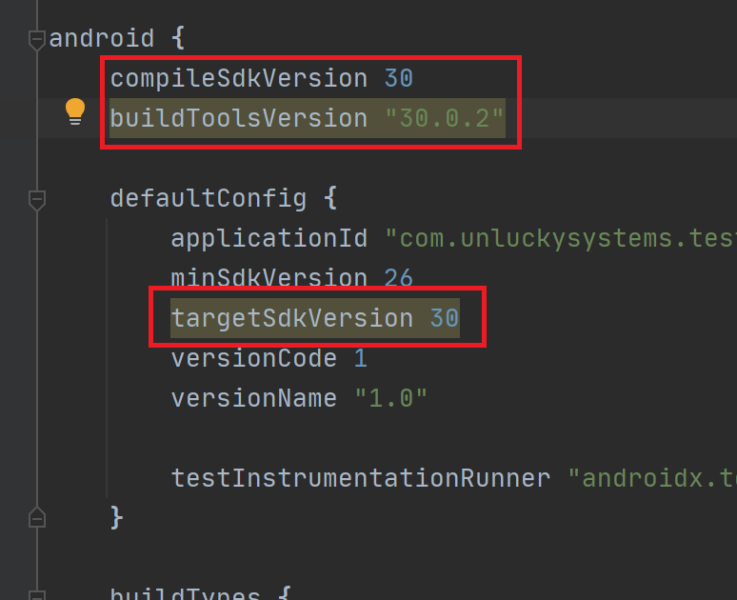


OpenJDK also works for most things you'll need to do with the SDK. You can find x86 and 圆4 binaries for Sun Java from Oracle at their website. On a Linux computer, you'll also need to install Java.

If you can't install Java, maybe you're not yet ready to use the Android SDK. Again, if this gives you any trouble, stop what you're doing and learn a bit more about your computer. On Windows, head to the Oracle website and download the correct version (32- or 64-bit) for your computer.If you did, install it again - you should know how to do that if you knew how to uninstall it. On a Mac, it's pretty easy because you'll already have it installed unless you uninstalled it.For most things, you'll be doing with the SDK, both Open Java and Sun Java from Oracle (yes, that Oracle) will work. You'll need a working version of Java to run the SDK components. Open a terminal window there by typing cmd into the title bar.Source: Android Central (Image credit: Source: Android Central).Per default it is at Androidsdktoolsbin inside the %LOCALAPPDATA% folder. Go to the location of your sdkmanager.How can I get Android SDK license?įor Windows users w/o using Andoid Studio: Remember that you can keep your existing version of Android Studio installed, as you can install multiple versions side-by-side. Which Android SDK should I install?įor the best development experience with the Android 12 SDK, we strongly recommend installing the latest preview version of Android Studio. Step Four (Optional): Add ADB to Your System PATH.Ī software development kit (SDK) is a set of tools provided by the manufacturer of (usually) a hardware platform, operating system (OS), or programming language.Step Three: Test ADB and Install Your Phone’s Drivers (if Needed) ….Step Two: Enable USB Debugging on Your Phone.In the Default Settings dialog box, click these tabs to install Android SDK platform packages and developer tools.To open SDK Manager, do any of the these: On Android Studio landing page, select Configure > SDK Manager.Install Android SDK Platform Packages and Tools When an update is available for a package you already have, a dash appears in the check box next to the package. If you’re not using Android Studio, you can download tools using the sdkmanager command-line tool. To open the SDK Manager from Android Studio, click Tools > SDK Manager or click SDK Manager in the toolbar. Located in: android_sdk /platform-tools/ … Located in: android_sdk /build-tools/ version / … Located in: android_sdk /cmdline-tools/ version /bin/ … The path is shown under Android SDK location. If you installed the SDK when you installed Android Studio, you can find the location in the Android Studio SDK Manager. If you installed the SDK using the sdkmanager, you can find the folder in platforms.


 0 kommentar(er)
0 kommentar(er)
